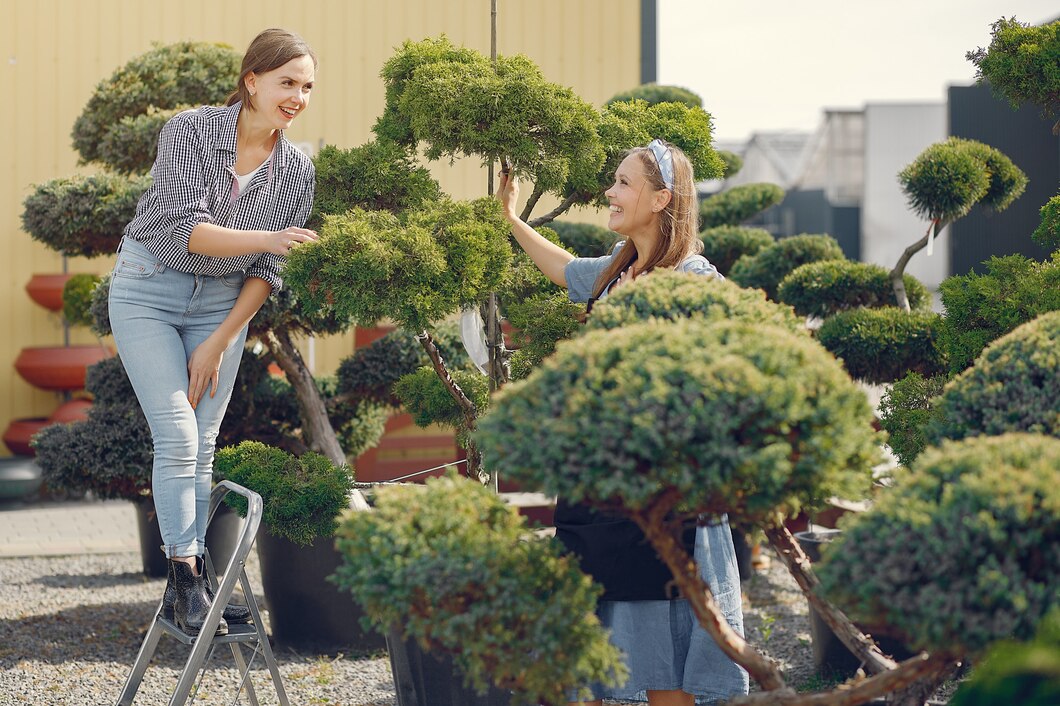In the modern era of urban development, the greenery that adorns our cities is more precious than ever. Trees, in particular, stand as silent sentinels of the past, providing a myriad of benefits, from cooling urban heat islands to improving mental health.
Yet, there comes a time when tree removal services become a necessity in Sydney, often due to safety concerns or construction projects. However, this doesn’t mean the end of greenery. In fact, it can mark the beginning of a more sustainable landscaping approach.
Rejuvenating Urban Spaces Post-Tree Removal
Once a tree is removed, the space it leaves behind opens up a canvas for urban renewal. Residents and urban planners alike have a unique opportunity to reshape this space. The key is to incorporate plants that are native to New South Wales, which offer a lower maintenance landscape while supporting local ecosystems. For instance, replacing a large, removed tree with a group of native shrubs can create habitats for local wildlife, promoting biodiversity.
Incorporating Native Flora for a Greener Tomorrow
Choosing the right plants after a tree removal in Sydney can be daunting. However, integrating species like the vibrant Waratah or the resilient Wollemi Pine can offer not just aesthetic pleasure but also serve as a testament to the adaptability and richness of Australia’s flora. These species not only thrive in Sydney’s unique climate but also require less water and maintenance, embodying sustainability.
A Step Towards Sustainable Urban Design
Urban design post-tree removal doesn’t stop at just planting new greenery. It’s about creating a space that complements the dynamic city life. Implementing features like rain gardens can utilise the runoff water and serve as new focal points for community gatherings. Moreover, these gardens can act as natural water filtration systems, proving that functional design can also be environmentally conscious.
From Stumps to Sustainability: Upcycling Tree Remnants
The process of expert tree-cutting procedures also leaves behind stumps and wood remnants, which, with a bit of creativity, can be transformed into rustic garden furniture, artistic sculptures, or even be used in playground designs. This approach not only reduces waste but also provides a unique character to local parks and backyards, turning a seemingly disruptive process into an opportunity for innovation.
Collaborating with Nature: The Future of Urban Landscapes
As cities continue to expand, the collaboration between urban development and natural preservation becomes crucial. After removing a tree, consulting with a landscape architect can result in designs that respect the natural topography and existing greenery, setting a precedent for future developments to follow a more eco-conscious path.
Summary
In the wake of tree removal, Sydney’s urban landscape stands at a crossroads between development and sustainability. The choices made in the immediate aftermath can lead to a greener, more sustainable future. By embracing native flora, innovative designs, and upcycling, the city can turn the end of one life cycle into the beginning of another.
This synergy between urban life and the natural world is not just a vision but a necessary step towards a sustainable future, ensuring that the city remains a thriving, liveable space for generations to come. It’s a reminder that even after a tree removal, the commitment to the environment remains deeply rooted in Sydney’s spirit.
For further reading on the importance of urban green spaces, one can delve into the role of urban forests in city ecosystems, a topic that highlights the ecological, psychological, and social benefits of maintaining and enhancing greenery in our urban environments.
